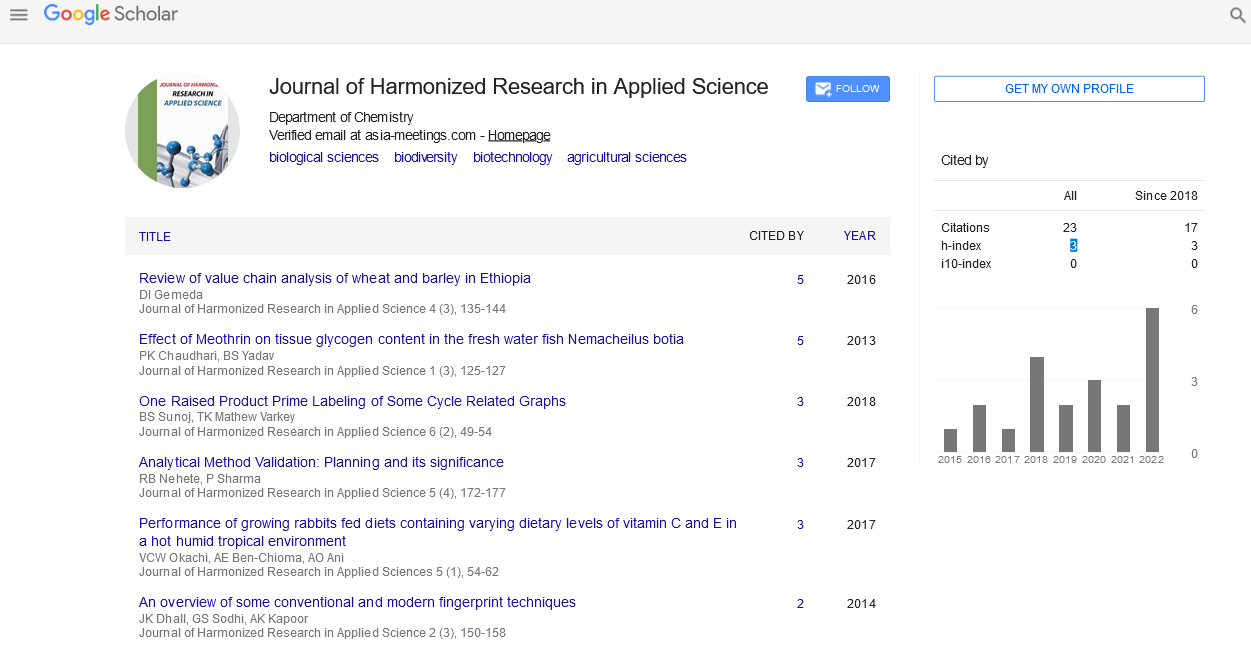Editorial - (2021) Volume 9, Issue 2
SHORT NOTE ON BIO REMEDIATION
Manita Yimcharoen*Received: Dec 08, 2021
Abstract
Description
Bioremediation is a method of treating contaminated media, such as water, soil, and subterranean material, by modifying environmental conditions to encourage the growth of microorganisms that breakdown the contaminants. Oil spills, soils contaminated with acidic mining drainage, underground pipe breaches, and crime scene clean-ups are all examples of bioremediation in action. Enzymes found in microbes detoxify these hazardous chemicals. The majority of bioremediation processes involve oxidation-reduction reactions, in which an electron acceptor (typically oxygen) is added to stimulate the oxidation of a reduced pollutant (e.g. hydrocarbons) or an electron donor (typically an organic substrate) is added to reduce oxidised pollutants (nitrate, perchlorate, oxidised metals, chlorinated solvents, explosives and propellants). Bioremediation is a technique for reducing the environmental impact of by-products produced by anthropogenic activities such as industry and agriculture. Contaminants can be eliminated or decreased using a variety of in-situ and ex-situ bioremediation procedures. The treatment location determines how bioremediation approaches are categorised. Ex situ procedures frequently need the contaminated site to be excavated, which raises expenses. In situ approaches treat polluted places in a cost-effective, non-destructive manner. Additional nutrients, vitamins, minerals, and pH buffers may be added to both of these ways to improve the microbes’ circumstances. Bio stimulation (the addition of specialised microbial cultures to accelerate biodegradation) is sometimes used. Phytoremediation, bioventing, bio attenuation, biosparging, composting, and land farming are some examples of bioremediation-related technologies. Chemical treatment, incineration are options for purifying contaminated water or solids. Other options exist. When it comes to carrying out the Bioremediation process, microorganisms such as bacteria and fungi play a key role. Bacteria, which break down waste into nutrients and organic stuff, are the most important bacteria in this process. Even though it is a cost-effective waste management method, bioremediation cannot eliminate all toxins. Bacteria can easily digest toxins like chlorinated insecticides or clean up oil spills, but heavy metals like lead and cadmium are resistant to digestion.
Increased human activities such as population explosion, unsafe agricultural practices, unplanned urbanisation, deforestation, rapid industrialization, and no judicious use of energy reservoirs, among other anthropogenic activities, have resulted in increased environmental pollution in recent decades. Among the contaminants that are harmful to the environment and human health, Contaminants can be eliminated or decreased using a variety of in-situ and ex- situ bioremediation procedures. Bioremediation techniques are classed according to where they are used. In situ procedures treat polluted places in a cost-effective, non- destructive manner, whereas ex situ techniques frequently include excavating the contaminated site, which raises expenses. Additional nutrients, vitamins, minerals, and pH buffers may be added to both of these ways to improve the microbes’ circumstances. Bio stimulation (the addition of specialised microbial cultures to accelerate biodegradation) is sometimes used. Phytoremediation, bioventing, bio attenuation, biosparging, composting (biopiles and windrows), and land farming are some examples of bioremediation-related technologies.










